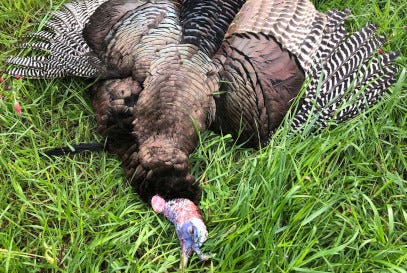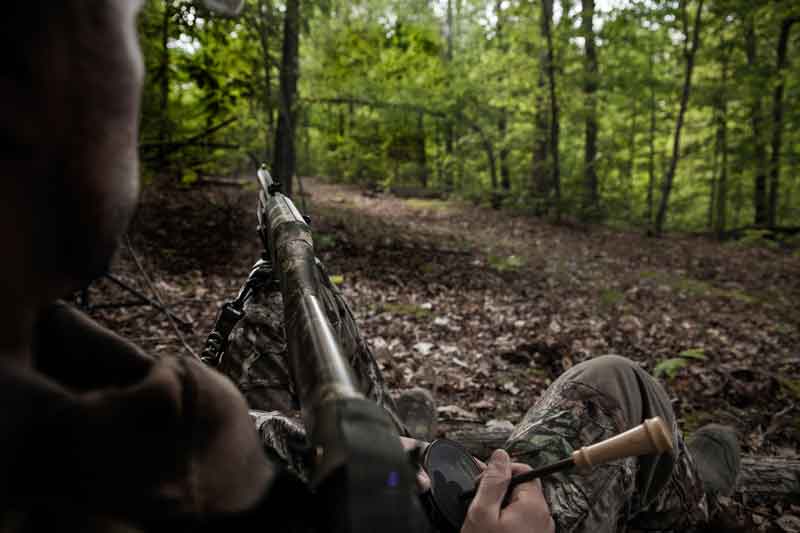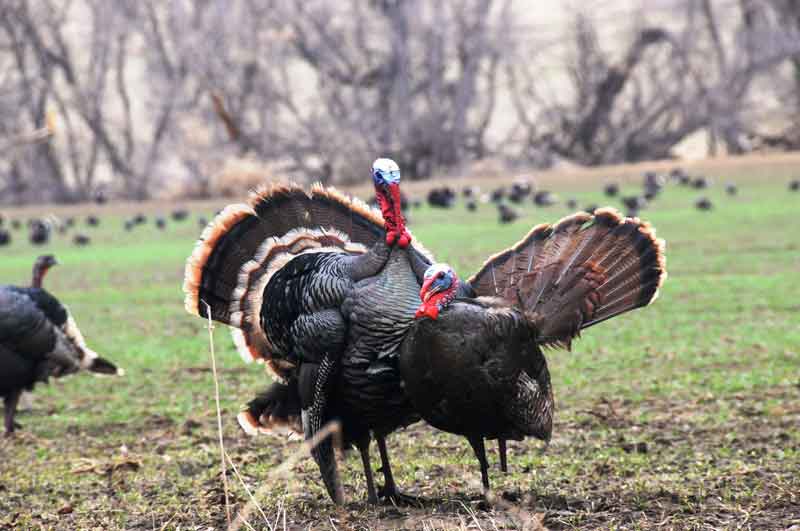- Sep 9, 2013
Put The Duck In Your Duck Call
Learn from a legendary pro how to quack and talk just like you’ve got feathers and a beak this duck season!
If it walks like a duck, swims like a duck and quacks like a duck, well you know how the rest of the saying goes. This really hits home for hardcore duck fanatics that know how to quack the quack! The deadliest hunters in the blind know exactly how to sweet talk, convince and persuade ducks to fly right down their barrels. Here is calling expert Harold Knight’s take on how to translate and replicate a duck’s vocabulary.
Call Choice
According to Harold Knight, factors such as the duck formation, wing beat, flight height, setup, hunting pressure and seasonal transition will dictate what call he selects and how he uses it. The ability to understand and recognize the direct influence of these factors can be critical to your overall calling success. Knight feels that it’s extremely important to allow current hunting conditions and duck behavior to show you what calling techniques will be needed to get the job done.
Highball Call
“When ducks are flying high, I prefer to use a single-reed call that enables me to get very loud. This echoing and aggressive style of Highball Calling can reach out and touch ducks that almost appear to be too far away to hear your calls. When facing this scenario, timid and somewhat subtle calling techniques simply won’t produce. You have to really crank up the volume, if you want to knock those high-flying ducks out of the sky.”
Greeting Call
“A greeting call kind of shows hospitality and welcomes the ducks. This vocalization is very open, warm and personal. If you were to translate this call, it would be very similar to people asking others how they are doing or what’s going on? A single or double reed call can be used to effectively produce this vocalization with no problems.”
Comeback Call
“Once the ducks start coming down, I will generally allow them to make a circle before hitting them with a quick comeback call. It’s just a fast-paced Quack, Quack, Quack, Quack that basically serves as an open invitation to drop in and join the others. The comeback call is equivalent to people saying come on in or the gang is all here so please stop by and see us.” A single or double reed call will both work well.
Feeding Call
“When the ducks are circling in close, I will switch over to a feeding call to reassure that everything is alright and there is plenty to eat. Feeding sounds add realism to your calling setup and make the ducks feel more relaxed. This type of vocalization convinces ducks that they have made the right decision to drop in and grab a bite to eat.”
Welcome Call
“During the last circle, I will simply throw a welcome call at the ducks to seal the deal. It’s pretty much just a long, drawn out series of quacking. Quack, Quack, Quack is telling the ducks to feel free to land and stay awhile. Understanding each of these vocalizations and knowing what call to use, when to use it, and how to use it will ultimately help you harvest a lot more ducks this season. Good luck & good hunting!



